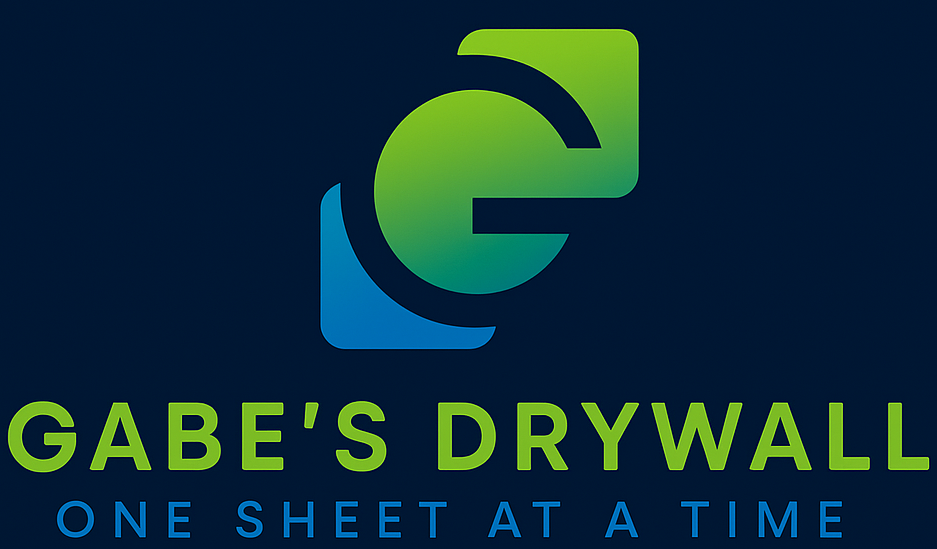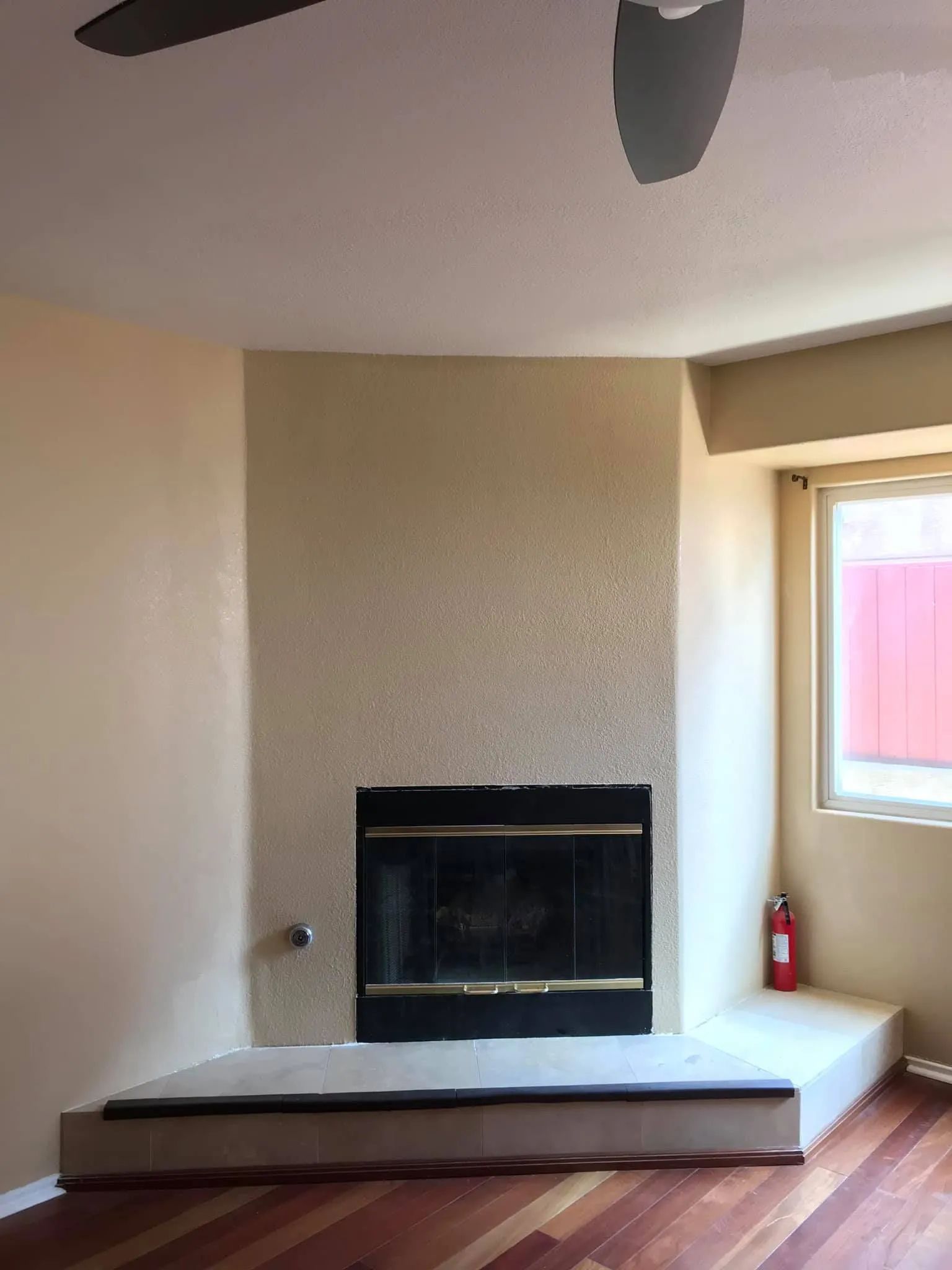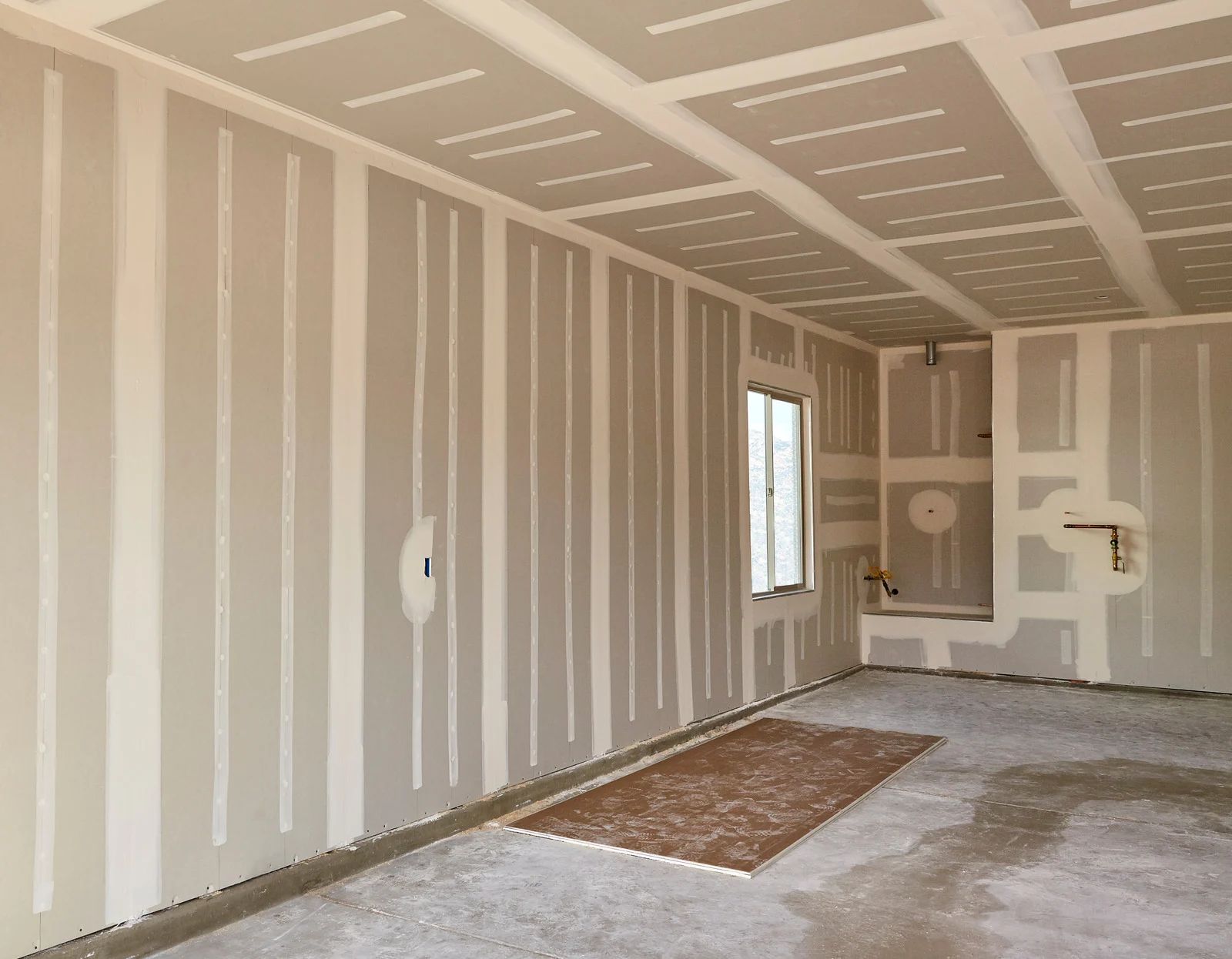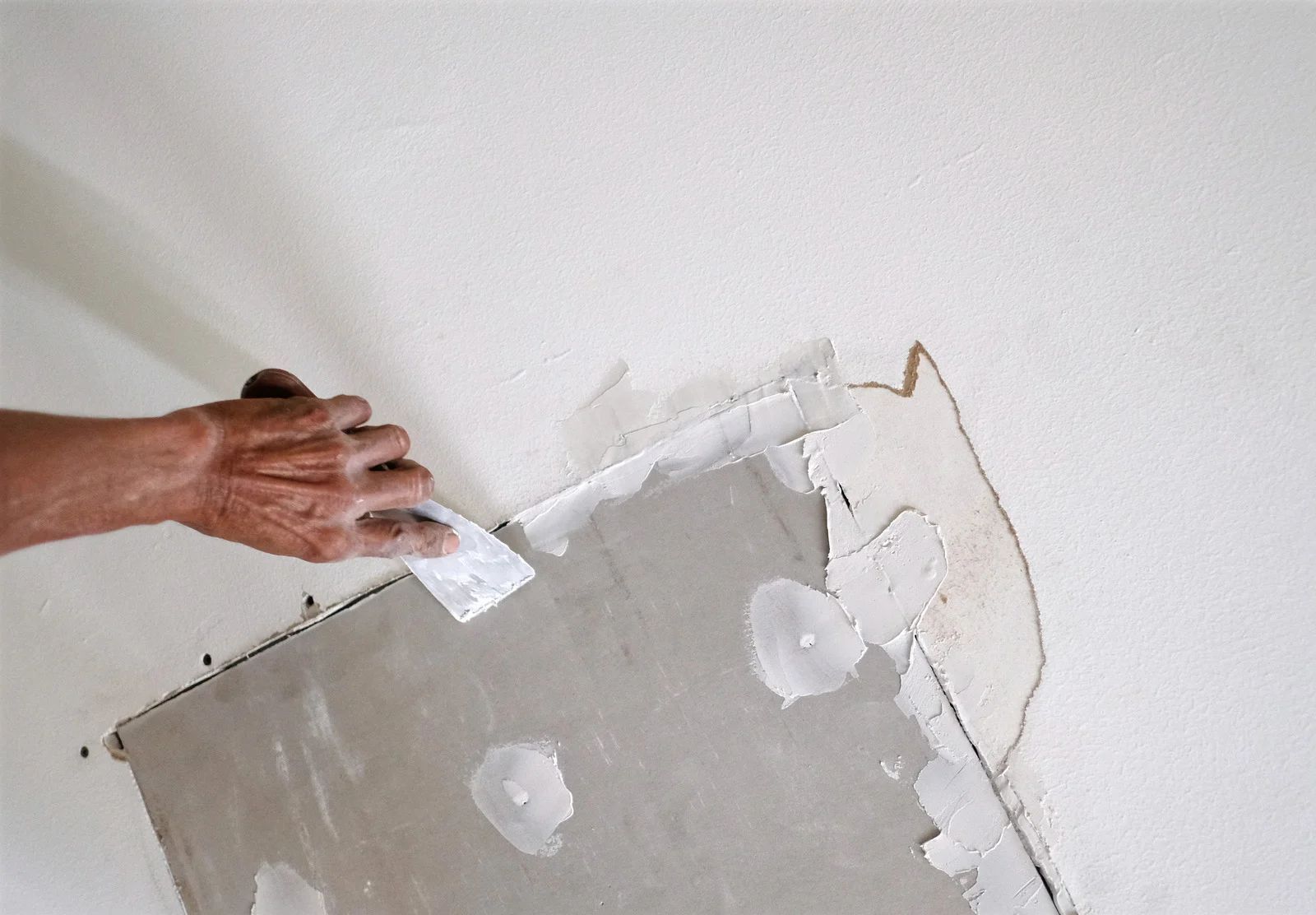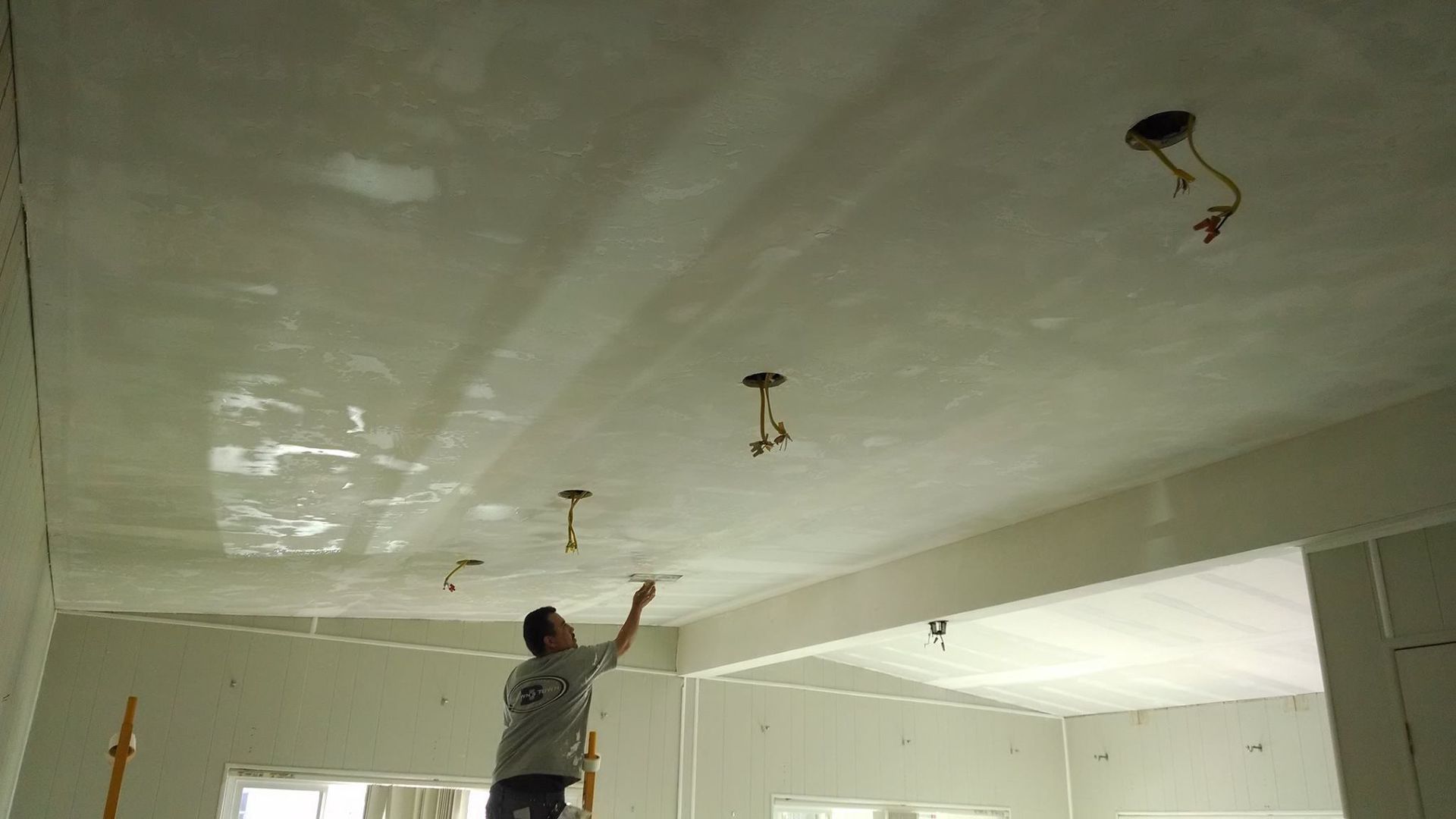What Causes Ceiling Cracks and How Drywall Repair Fixes Them
Ceiling cracks are one of those things you notice when you're lying in bed or relaxing on the couch, and once you see them, you can’t unsee them. While some cracks are harmless and cosmetic, others may signal deeper structural problems. Understanding the cause is the first step to finding the right fix. Whether it’s a hairline seam or a sagging fracture, expert drywall repair can restore both appearance and stability to your ceiling. Here’s what’s really behind those cracks—and how professional drywall repair can make them disappear.
1. Settling and Foundation Shifts
As your home settles over time, the structure may shift slightly, putting pressure on ceilings and walls. This natural movement often causes small cracks, especially at seams, corners, and where ceilings meet walls. While minor settling cracks are common, larger or expanding ones should be inspected. Drywall experts can fill, reinforce, and resurface affected areas to prevent further spreading.
2. Poor Initial Installation or Taping
If the drywall tape wasn’t applied properly or the joint compound didn’t cure evenly, you may see lines or cracks appear months or even years later. This is especially common in new homes or poorly done remodels. Professional repair involves removing failed tape, reapplying compound correctly, and sanding it smooth for a flawless ceiling finish.
3. Moisture or Water Damage
Leaks from plumbing, HVAC systems, or roof damage can soak the ceiling drywall, weakening it and causing it to crack, bubble, or sag. These cracks are usually more serious and may also involve mold growth. In such cases, pros will cut out the damaged section, ensure the source of moisture is resolved, and replace the drywall before retexturing the area.
4. Temperature and Humidity Fluctuations
Extreme temperature swings and indoor humidity can cause materials in your ceiling to expand and contract. Over time, this movement weakens joints and fasteners, leading to hairline cracks across flat surfaces or along seams. Drywall contractors know how to reinforce these areas using flexible compounds and finishing techniques that accommodate future movement.
5. Structural Stress or Truss Uplift
In some cases, ceiling cracks are caused by roof trusses lifting during seasonal changes. This pulls the drywall apart where it connects to interior walls, creating separation lines or diagonal cracks. Experienced installers will use specialized clips and repair techniques to isolate ceiling drywall from shifting trusses, preventing future damage.
6. Age and General Wear
Even well-installed drywall isn’t immune to age. Over decades, ceilings may develop minor cracks simply due to long-term stress, vibration from foot traffic above, or repeated repainting. Routine patching and skim coating by a professional can refresh ceilings, making them look brand new without a full replacement.
Ceiling cracks don’t always mean something serious, but they never improve on their own. At Gabe's Drywall, we’ve been fixing ceilings for over 20 years, with expert solutions for both structural and cosmetic issues. Whether it’s water damage, tape failure, or shifting trusses, we assess the cause and apply the right fix every time. We don’t just cover cracks,we correct them from the source. From seamless repairs to perfect texture matching, let Gabe's Drywall restore your ceilings to smooth, solid, and stress-free. Your peace of mind starts overhead.
